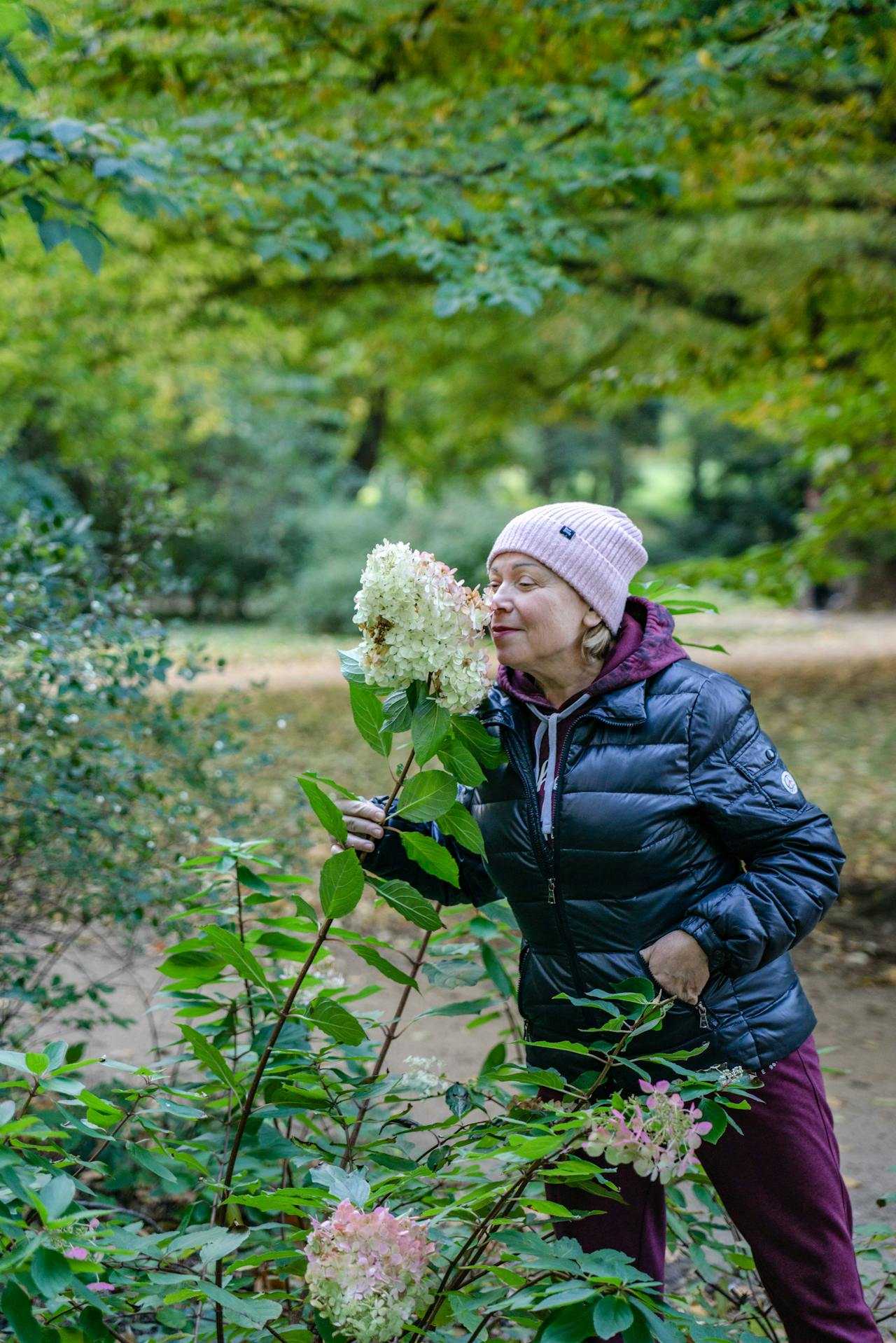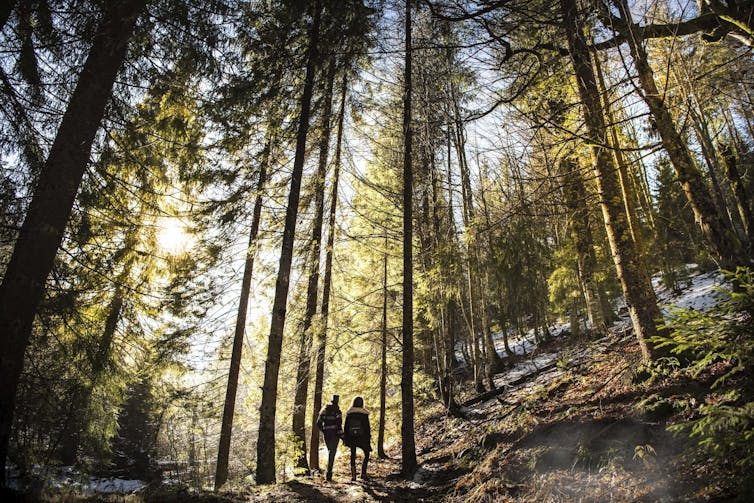
In a new perspective article published in Advances in Nutrition, we call these inhaled nutrients “aeronutrients” – to differentiate them from the “gastronutrients” that are absorbed by the gut. (Pexels Photo)
By Flávia Fayet-Moore, University of Newcastle and Stephen R. Robinson, RMIT University, The Conversation
You know that feeling you get when you take a breath of fresh air in nature? There may be more to it than a simple lack of pollution.
When we think of nutrients, we think of things we obtain from our diet. But a careful look at the scientific literature shows there is strong evidence humans can also absorb some nutrients from the air.
In a new perspective article published in Advances in Nutrition, we call these inhaled nutrients “aeronutrients” – to differentiate them from the “gastronutrients” that are absorbed by the gut.
We propose that breathing supplements our diet with essential nutrients such as iodine, zinc, manganese and some vitamins. This idea is strongly supported by published data. So, why haven’t you heard about this until now?
Breathing is constant
We breathe in about 9,000 litres of air a day and 438 million litres in a lifetime. Unlike eating, breathing never stops. Our exposure to the components of air, even in very small concentrations, adds up over time.
To date, much of the research around the health effects of air has been centred on pollution. The focus is on filtering out what’s bad, rather than what could be beneficial. Also, because a single breath contains minuscule quantities of nutrients, it hasn’t seemed meaningful.
For millennia, different cultures have valued nature and fresh air as healthful. Our concept of aeronutrients shows these views are underpinned by science. Oxygen, for example, is technically a nutrient – a chemical substance “required by the body to sustain basic functions”.
We just don’t tend to refer to it that way because we breathe it, rather than eat it.
How do aeronutrients work, then?
Aeronutrients enter our body by being absorbed through networks of tiny blood vessels in the nose, lungs, olfactory epithelium (the area where smell is detected) and the oropharynx (the back of the throat).
The lungs can absorb far larger molecules than the gut – 260 times larger, to be exact. These molecules are absorbed intact into the bloodstream and brain.
Drugs that can be inhaled (such as cocaine, nicotine and anaesthetics, to name a few) will enter the body within seconds. They are effective at far lower concentrations than would be needed if they were being consumed by mouth.
In comparison, the gut breaks substances down into their smallest parts with enzymes and acids. Once these enter the bloodstream, they are metabolised and detoxified by the liver.
The gut is great at taking up starches, sugars and amino acids, but it’s not so great at taking up certain classes of drugs. In fact, scientists are continuously working to improve medicines so we can effectively take them by mouth.

Larisa Birta/Unsplash
The evidence has been around for decades
Many of the scientific ideas that are obvious in retrospect have been beneath our noses all along. Research from the 1960s found that laundry workers exposed to iodine in the air had higher iodine levels in their blood and urine.
More recently, researchers in Ireland studied schoolchildren living near seaweed-rich coastal areas, where atmospheric iodine gas levels were much higher. These children had significantly more iodine in their urine and were less likely to be iodine-deficient than those living in lower-seaweed coastal areas or rural areas. There were no differences in iodine in their diet.
This suggests that airborne iodine – especially in places with lots of seaweed – could help supplement dietary iodine. That makes it an aeronutrient our bodies might absorb through breathing.
Manganese and zinc can enter the brain through the neurons that sense smell in the nose. Manganese is an essential nutrient, but too much of it can harm the brain. This is seen in welders, who are exposed to high levels from air and have harmful levels of manganese buildup.
The cilia (hair-like structures) in the olfactory and respiratory system have special receptors that can bind to a range of other potential aeronutrients. These include nutrients like choline, vitamin C, calcium, manganese, magnesium, iron and even amino acids.
Research published over 70 years ago has shown that aerosolised vitamin B12 can treat vitamin B12 deficiency. This is super important for people who have high B12 deficiency rates, such as vegans, older people, those with diabetes and those with excessive alcohol intake.
If we accept aeronutrients, what next?
There are still a lot of unknowns. First, we need to find out what components of air are beneficial for health in natural settings like green spaces, forests, the ocean and the mountains. To date, research has predominantly focused on toxins, particulate matter and allergens like pollen.
Next, we would need to determine which of these components can be classified as aeronutrients.
Given that vitamin B12 in aerosol form is already shown to be safe and effective , further research could explore whether turning other micronutrients, like vitamin D, into aerosols could help combat widespread nutrient deficiencies.
We need to study these potential aeronutrients in controlled experiments to determine dose, safety and contribution to the diet. This is particularly relevant in places where air is highly filtered, like airplanes, hospitals, submarines and even space stations.
Perhaps we will discover that aeronutrients help prevent some of the modern diseases of urbanisation. One day, nutrition guidelines may recommend inhaling nutrients. Or that we spend enough time breathing in nature to obtain aeronutrients in addition to eating a healthy, balanced diet.![]()
Flávia Fayet-Moore, Adjunct Lecturer, School of Environmental and Life Sciences, University of Newcastle and Stephen R. Robinson, Professor in Psychology, Research, RMIT University
This article is republished from The Conversation under a Creative Commons license. Read the original article.





















